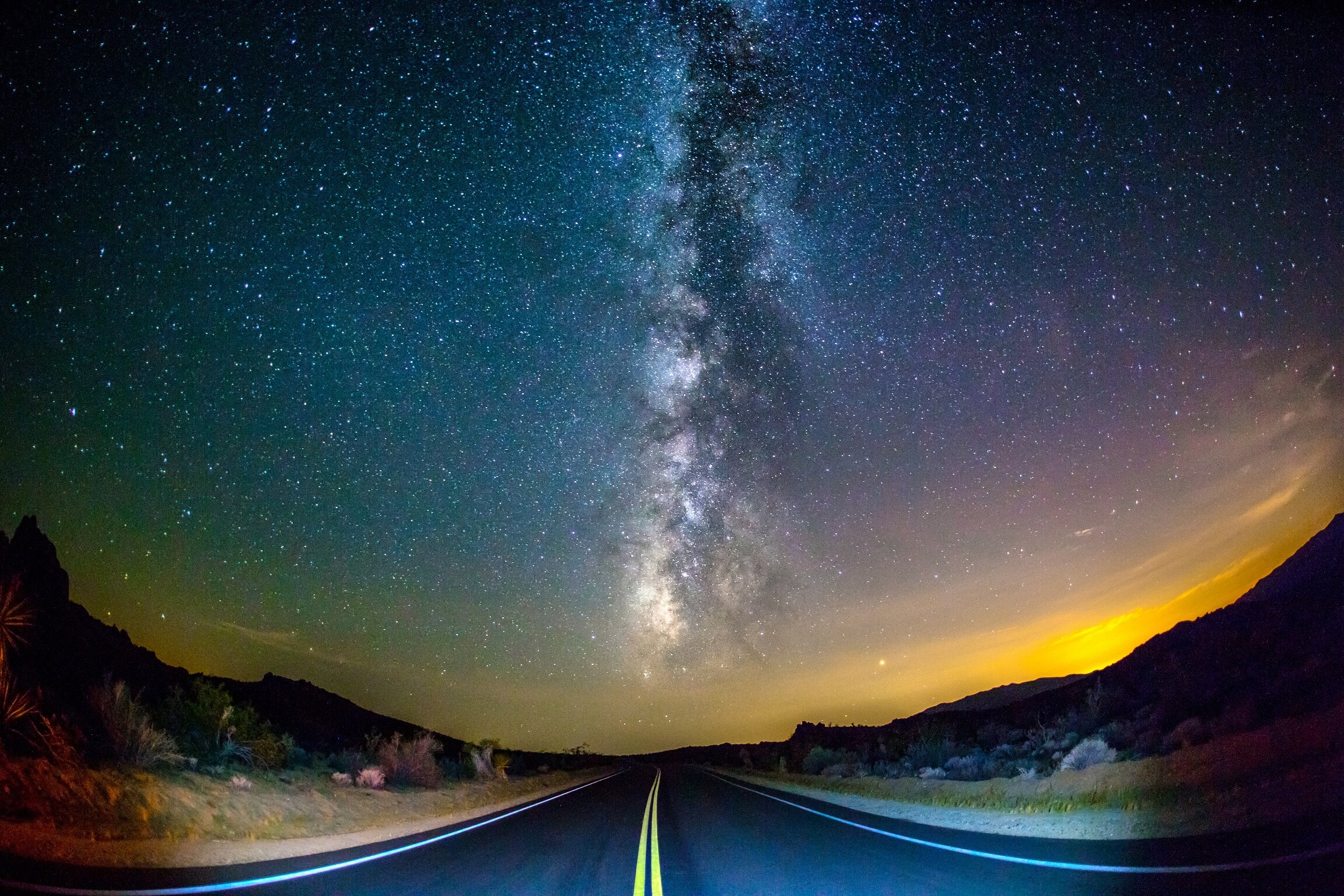After nearly 60 years of searching without success, a growing list of scientists believe life on Earth only came about because of a lucky series of evolutionary accidents, a long list of improbable events that just happened to come together at the right time and will never be repeated.
If we ever came across aliens, would we be able to understand them?
Many scientists believe that alien civilisations exist. For them, the question is now whether we will encounter them in the near future or a very long time from now, rather than if at all. So let’s imagine that we suddenly stand face-to-face with members of an alien species. What would we do first? Surely communicating that we come in peace would be a priority. But would we ever be able to understand each other?
Beyond Neptune, A chunk of ice is orbiting the sun in the wrong direction
Beyond the orbit of Neptune, the farthest recognized-planet from our Sun, lies the mysteries population known as the Trans-Neptunian Object (TNOs). For years, astronomers have been discovering bodies and minor planets in this region which are influenced by Neptune’s gravity, and orbit our Sun at an average distance of 30 Astronomical Units.
Space submarines will allow us to explore the seas of icy moons
One of the most profound and exciting breakthroughs in planetary science in the last two decades has been the discovery of liquid methane lakes on the surface of Saturn’s largest moon Titan, and liquid oceans under the icy surfaces of many of the giant gas planets' other moons. Thrillingly, these some of these “waters” may actually harbour life.
The power of Jupiter’s Great Red Spot: enormous storm may be heating the atmosphere
There is an “energy crisis” on Jupiter. At 800K (527ºC), its upper atmosphere is 600 degrees hotter than expected – a phenomenon also seen on the other giant planets in our solar system. And to make the matter even more perplexing, researchers have now discovered that the region of the atmosphere above Jupiter’s Great Red Spot, a giant storm system, is hundreds of degrees hotter than anywhere else on the planet.
The Moon was a first step, Mars will test our capabilities, but Europa is the prize
From Neptune’s blue hue to Jupiter’s red spot: are the colours of the planets real?
From dark gravity to phantom energy: what’s driving the expansion of the universe?
Explainer: what is the Great Attractor and its pull on our galaxy?
Around four decades ago, astronomers became aware that our galaxy, the Milky Way, was moving through space at a much faster rate than expected. At 2.2-million kilometres an hour, the speed of the Milky Way through the Cosmos is 2,500 times faster than a cruising airliner; 55 times more than the escape velocity from Earth; and a factor of two greater than even the galaxy’s own escape velocity! But where this motion comes from is a mystery.
Asteroids most likely delivered water to the moon – here’s how we cracked it
One of the moon’s greatest mysteries has long been whether it has any water. During the Apollo era in 1960s and 70s, scientists were convinced it was dry and dusty – estimating there was less than one part in a billion water. However, over the last decade, analyses of lunar samples have revealed that there is a considerable amount of water inside the moon – up to several hundred parts per million – and that it’s been there since the satellite was very young.
How to tell the world you’ve discovered an alien civilization
Solar storms could solve longstanding paradox of how life on Earth arose
It was only a matter of 700m years or so after Earth formed and its surface cooled and solidified that life began to flourish on Earth. All studies suggest that life requires water – and we know from rocks on Earth that the climate in this distant past was sufficiently warm for liquid water to be present. But therein lies a mystery.
What a tiny micrometeorite from the Pilbara can tell us about the ancient sky
Explainer: what is microgravity?
It’s easy to assume that astronauts float in space because they are far away from the Earth’s gravitational force. But look at the moon. It is much further away than the International Space Station, yet it orbits around the Earth because it is perpetually attracted by its gravitational pull. So if the Earth’s gravity can affect the moon, the astronauts cannot be floating because there is no gravity where they are.
All of humanity should share in the space mining boom
How could we build an invisibility cloak to hide Earth from an alien civilization?
Is Alpha Centauri the right place to search for life elsewhere?
How ancient Aboriginal star maps have shaped Australia’s highway network
How exploring Mars could help us fight climate change on Earth
The surface of Mars is a cold desert. Scars in the landscape point to a history of flowing rivers, standing lakes and possibly even planetary oceans. Yet the current Martian atmosphere has a density that’s around 0.6% of Earth’s, making it far too thin to support liquid water – or life – on the barren surface.















